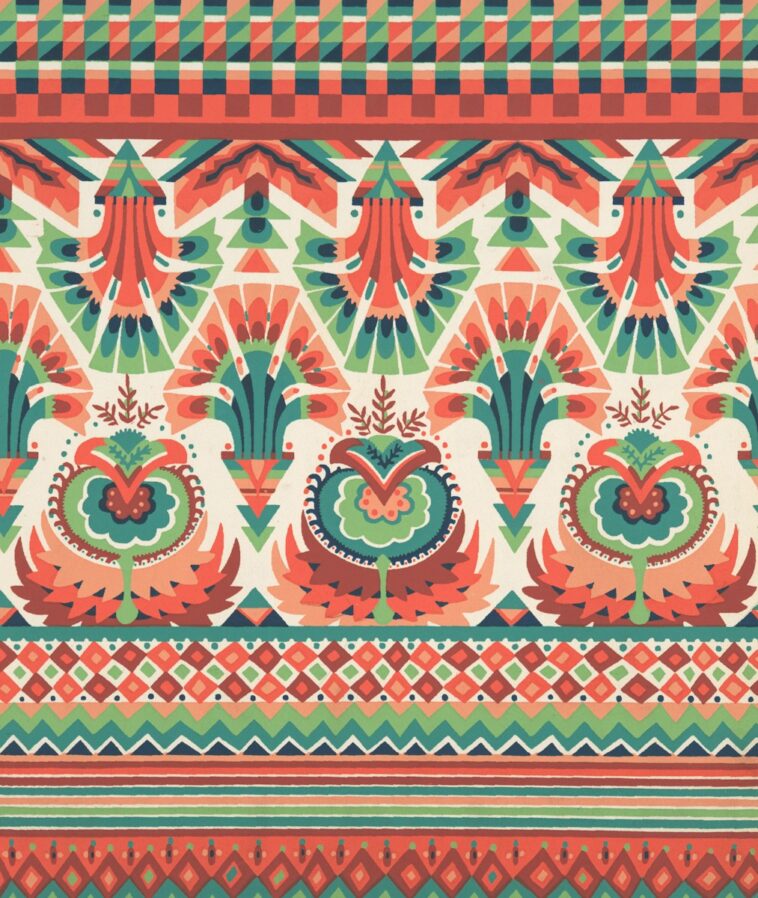If you’re a photographer, painter, or digital artist, you’ve probably heard the term giclee print thrown around when talking about high-quality art reproductions.
But what does it mean? And more importantly, how can it help you grow your art business online?
Giclee (pronounced “zhee-clay”) prints have become a game-changer in the art world, especially for creators selling work online.
These prints offer gallery-level quality without the costs of traditional printing or having to part with your originals.
That means more options to grow your income, reach new audiences, and still maintain control over your art.
I’ve been in the art-selling space for years, and honestly, understanding how giclee printing works—and how to sell these prints online—can make a massive difference.
If you’ve ever felt stuck between wanting to sell more art but not wanting to risk shipping originals or paying crazy prices for professional printing, you’re in the right place.
Let’s break it down in plain language, step by step.
What Is a Giclee Print?
A giclee print is a high-resolution fine art print made using an inkjet printer. But not just any inkjet printer—it has to meet a few specific standards to qualify as a true giclee:
Printed with pigment-based inks (not dye-based)
On archival-quality paper or canvas
At a resolution of 300 DPI or higher
Using professional inkjet printers like Epson Stylus Pro or Canon imagePROGRAF
The result?
A print that looks almost exactly like the original, lasts up to 100 years without fading, and captures every little detail—from color tones to brush strokes.
Unlike cheap poster prints, giclee prints are meant for collectors, galleries, and serious art buyers who care about longevity and quality.
Why Giclee Prints Are Perfect for Selling Art Online
Selling art online means finding that sweet spot between affordability and quality. Originals are one-of-a-kind and pricey.
Posters are affordable but not great quality. Giclee prints hit that middle ground—high enough quality to justify a premium price, but easy enough to reproduce that you can scale.
Here’s why they work so well:
1. They’re affordable to produce
You don’t need to invest in large inventory upfront. You can print on demand or in small batches.
2. They’re durable and collector-friendly
Many collectors want artwork that won’t fade or warp. Giclee prints check that box.
3. They look professional
The quality is often indistinguishable from the original. That builds trust with buyers.
4. You can offer different sizes and price points
Giclees make it easy to give people options—like 8x10s for casual fans and large-format prints for serious collectors.
How do I Sell Giclee Prints Online?
Now let’s get into how to actually sell these prints. It’s easier than you might think.
1. Choose the Right Artwork
Not every piece needs to be a giclee. Pick your best work—the ones with great detail, color range, and strong emotional connection. Those will translate better in print and are more likely to sell.
2. Get High-Resolution Scans or Photos
This step is huge. You’ll need a high-resolution digital file of your artwork. Either scan it yourself (using a flatbed scanner at 600 DPI or higher), or get a professional to photograph it with the right lighting setup.
The better your digital file, the better the print.
3. Work with a Trusted Print Lab or Go DIY
If you’re not ready to invest in a professional printer yourself, no problem. Plenty of companies specialize in giclee printing for artists:
These services let you upload your files, select paper types, and either ship to you or directly to your customers.
Pro Tip: Ask for a sample print first before placing a full order. This helps make sure the colors and quality match what you want.
4. Pick the Right Paper or Canvas
The material you choose affects the final look and feel of your print. Here are the most popular options:
Smooth Fine Art Paper: Clean and modern, great for digital art or photography
Textured Fine Art Paper: Mimics watercolor paper, ideal for traditional paintings
Canvas: Gives a museum-like feel and can be stretched for a frame-free finish
5. Price Your Prints Properly
Pricing is tricky, but here’s a simple formula to get started:
cost of print + packaging + shipping + time invested = Wholesale Price
Wholesale Price x 2 (or more) = Retail PriceFor example, if a print costs you $20 total to produce and ship, sell it for at least $40–$60. If you’re building a brand or targeting high-end buyers, you can go higher.
Don’t sell yourself short—giclee prints are premium products, and people are willing to pay more for quality.
6. Build a Simple Online Store
You don’t need a huge website. Start small and grow. Some great platforms:
Shopify – easy to use and customizable
Etsy – great if you’re just starting and want built-in traffic
Squarespace – good if you want your site to look super polished
Big Cartel – free for up to 5 products
Make sure your product pages include:
High-quality images of the print (and mockups in frames if possible)
A short story or background about the artwork
Exact dimensions and materials
Shipping and return policies
7. Promote Your Work on Social Media and Email
Post behind-the-scenes content, packaging videos, or time-lapse videos of your creative process. These help people connect with you and your art. Instagram, TikTok, and Pinterest work great for visual artists.
Start building an email list early. Even 100 people who love your work can turn into real income.
FAQs
Are giclee prints better than standard prints?
Yes. Giclee prints use archival inks and papers that last decades without fading. Regular prints tend to lose color fast and don’t have the same level of detail.
Can I make giclee prints at home?
You can, but you’ll need a high-end inkjet printer like the Epson SureColor series, pigment-based inks, and archival paper. It’s a big upfront cost, so many artists start with a print-on-demand service first.
How do I sign or number giclee prints?
If you’re doing limited editions, sign and number them in pencil on the front or back. You can also include a certificate of authenticity.
Final Thoughts
Giclee prints let artists and photographers sell their work in a professional, scalable, and affordable way.
They’ve helped me reach more collectors, grow my brand, and protect my originals. With the right setup, selling giclee prints online can be one of the best decisions you make for your creative business.
Now I’m curious—have you ever considered turning your artwork into giclee prints? What’s holding you back?





GIPHY App Key not set. Please check settings